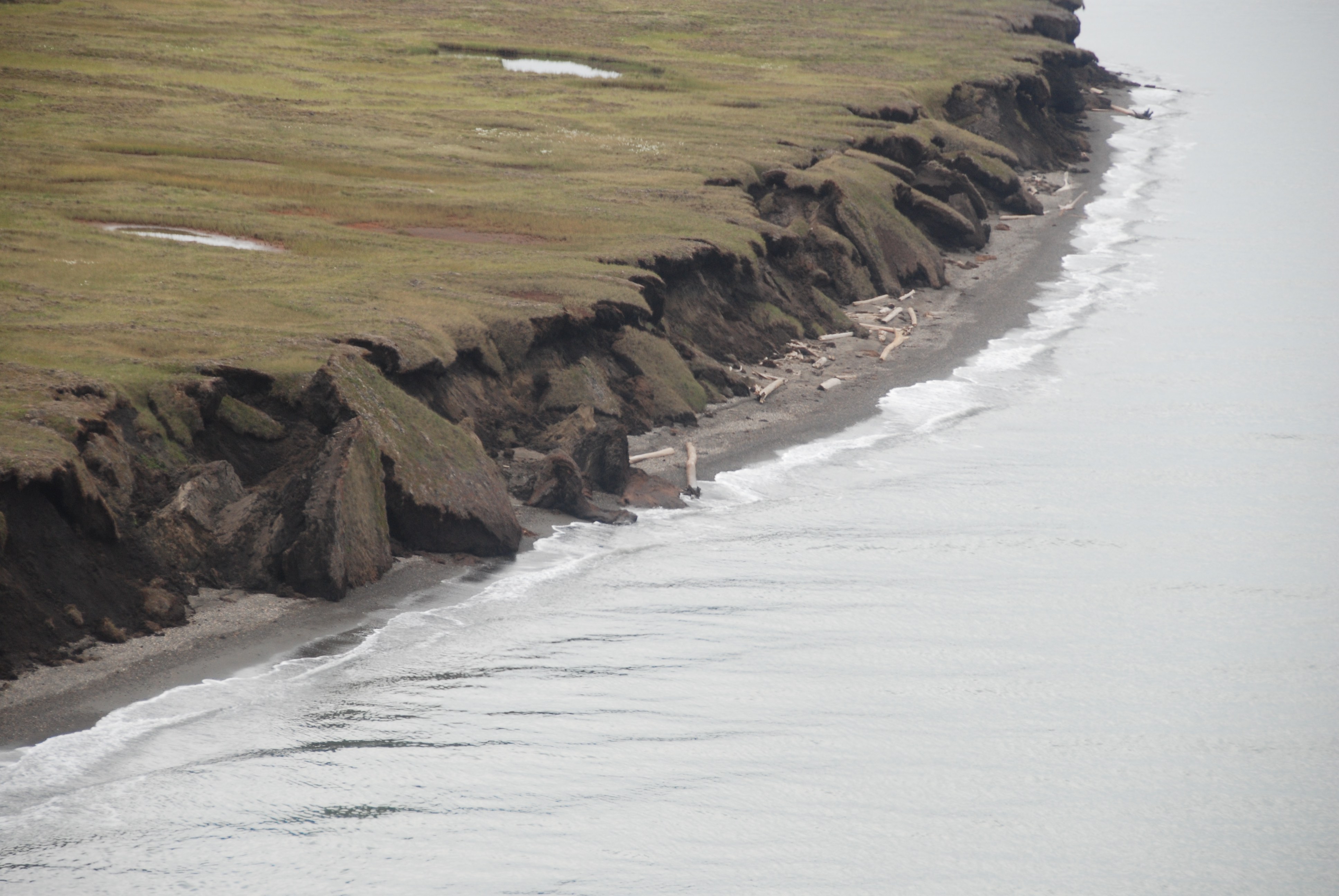Arctic coasts are vulnerable to the effects of climate change, including rising sea levels and the loss of permafrost, sea ice and glaciers. Assessing the influence of anthropogenic warming on Arctic coastal dynamics, however, is challenged by the limited availability of observational, oceanographic and environmental data. Yet, with the majority of permafrost coasts being erosive, coupled with projected intensification of erosion and flooding, understanding these changes is critical.
In this review article, published in Nature Reviews - Earth & Environment, the authors describe the morphological diversity of Arctic coasts, discuss important drivers of coastal change, explain the specific sensitivity of Arctic coasts to climate change and provide an overview of pan-Arctic shoreline change and its multifaceted impacts.
Key points
- Arctic coasts are some of the most rapidly changing coasts on Earth. Most change occurs during the sea-ice-free period, which can be up to 3 months.
- The erosion of permafrost coasts has increased since the early 2000s when compared with the late twentieth century (1960s–1990s), coinciding with an intensification of environmental drivers linked to anthropogenic warming.
- Mean annual erosion rates along stretches of unlithified permafrost coasts in Alaska, Canada and Siberia have more than doubled since the early 2000s compared with the latter half of the twentieth century.
- Coastal erosion along permafrost coasts is expected to continue at high rates or even accelerate in response to further climate warming.
- Rapid environmental and social change in the Arctic highlights the need for coordinated interdisciplinary and transdisciplinary efforts of scientists, stakeholders and policymakers, together with the local coastal population, to develop adaptive strategies around Arctic coasts in transition.

Arctic coastal changes impact the human environment by threatening coastal settlements, infrastructure, cultural sites and archaeological remains. Changing sediment fluxes also impact the natural environment through carbon, nutrient and pollutant release on a magnitude that remains difficult to predict.
Increasing transdisciplinary and interdisciplinary collaboration efforts will build the foundation for identifying sustainable solutions and adaptation strategies to reduce future risks for those living on, working at and visiting the rapidly changing Arctic coast.
This article is part of a "Permafrost in a warming world" Collection, published in Nature, which examines the physical, biogeochemical, and ecosystem changes related to permafrost thaw and the associated impacts. Topic covered in this Collection vary from physical changes, biogeochemistry and ecosystems to a wider impacts.


